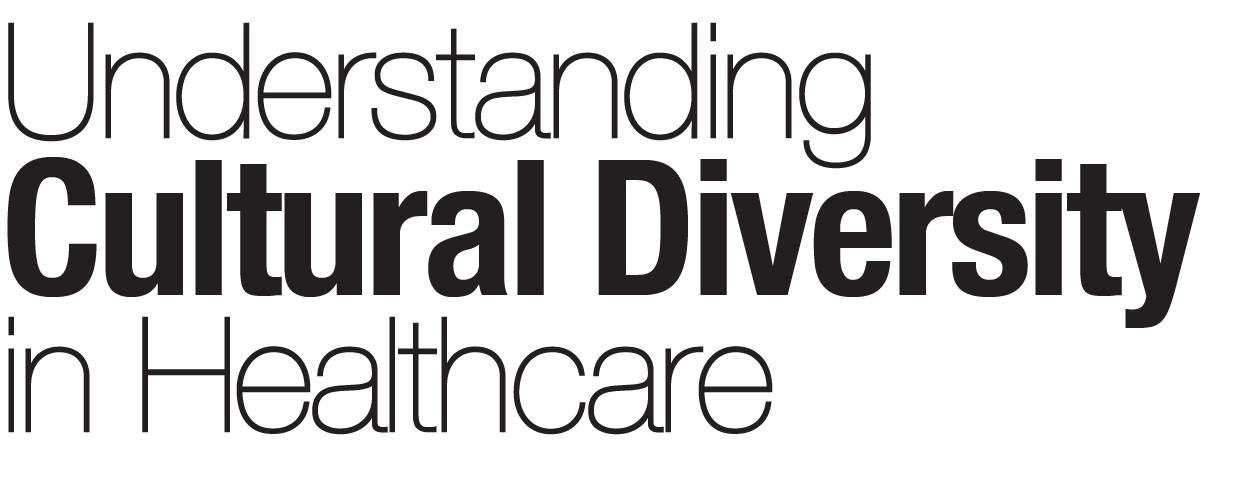
Caution: These are broad generalizations and should not be used to stereotype any individuals. They are most applicable to the least acculturated members. Individuals from China, Japan, Korea, and the Philippines are included in this group.
Values and Communication
Harmony and conflict avoidance are highly valued, as is respect. Thus, Asian patients may agree to what the healthcare provider says, without having any intention of following through. Make sure the reasons for adherence to recommendations are explained and stressed.
They may avoid direct eye contact as a way of showing respect. Do not assign other meaning to this.
Filial piety (respect for and duty to one’s parents) is an important value.
Avoid asking questions which require a “yes” or “no” response. Have the patient demonstrate understanding of any patient teaching.
Avoid using hand gestures; some, such as beckoning with the index finger, is insulting to Filipinos & Koreans.
Offer things several times; patients may refuse at first in order to be polite.
Anticipate patients’ needs when possible. Do not wait for a request for pain medication or assistance since patients may feel it is inappropriate to take a health care provider away from other patients in order to attend to their personal needs.
Since pronouns do not exist in most Asian languages, they may confuse “he” or “she”.
Time Orientation
Traditional Chinese patients may be past-oriented, placing a heavy value on tradition. Filipinos may be both past-and present-oriented, and may not always adhere to “clock” time. Many Koreans are future-oriented and adhere to clock time for appointments, but not social events.
Pain
Stoicism is highly valued. Pain may be expressed only by a clenched jaw. Offer pain medication when the condition warrants it, even if patient does not request it. When it is medically necessary, explain why and insist on giving it.
Filipinos may be particularly concerned about addiction to pain medication.
Family & Gender Issues
Most Asian cultures are hierarchical; tremendous respect is often accorded to the elderly. Males are often accorded more respect than females, and wives may defer to husbands in decision making.
Allow family members to fulfill their familial duty by spending as much time with the patient as possible and by providing nontechnical care. Involve the family in decision-making.
Pregnancy & Birth
The traditional birth partner may be the mother-in-law or other female relative.
Women are generally stoic while giving birth.
Since pregnancy is thought to be a “hot” condition within traditional Chinese medicine, birth is believed to deplete the body of heat. Restoration of warmth is important. Offer new mothers liquids other than ice water, which may be deemed too “cold”.
Traditionally, new mothers avoid cold, bathing & exercise for one month post partum (“Doing the Month”). Respect post-partum prescriptions for rest. Sponge baths may be preferred.
Parents may avoid naming baby for up to 30 days. Traditionally, a child is given an unattractive nickname before then so as to avoid attracting the attention of spirits who might want to “steal” the child.
Pediatrics
A great deal of pressure is often put on children to succeed in school.
“Mongolian spots” are common and should not be misinterpreted as bruises. This congenital birthmark, not uncommon in Asian births, usually fades as the infant grows into childhood.
End of Life
Family members may wish to shield a terminal diagnosis from the patient. Ask the patient upon admission (or before the need arises, if possible) whom should be given information about his/her condition. If the patient requests that all information be given to a family member, be sure to investigate the legal implications of doing so.
Patients and their families may not want to discuss end-of-life issues in advance. One approach is to say, “Some (Chinese) families do not like to discuss these issues in advance. Is this something that you feel comfortable discussing with me?”
Cancer is both highly feared and stigmatized. If it has been agreed that the patient not be informed of a cancer diagnosis, subsequent discussions should involve terms such as “growth” or “lesion” rather than “cancer,” and “medication” rather than “chemotherapy.”
Due to the high level of respect for parents and the elderly, some adult children may be reluctant to withdraw life support for fear of giving the appearance of not honoring their parents.
Health Related Issues
Coining & cupping are traditional medical practices in China, Korea & Viet Nam, not forms of abuse, despite the marks these may leave on the patient’s body.
Fevers are often treated by wrapping in warm blankets and drinking warm liquids.
Avoid giving ice water, without asking whether the patient prefers it to water at room temperature. They may prefer hot liquids, such as tea.
The use of herbs is common. Be aware that if patients have only used traditional Chinese herbs, they may not know how to take Western medications, since the herbs are usually boiled in water and then drunk. Be sure to instruct on the use of western medication if that is the case.
Avoid the number “4.” Because the character for the number 4 is pronounced the same as the character for the word “death” in several Asian languages, patients may be uncomfortable in rooms with the number 4.
Mental illness is often highly stigmatized. Patients with emotional problems are likely to somaticize them and present with physical complaints. Patients may be reluctant to discuss emotional problems with anyone outside the family, including health care providers.
